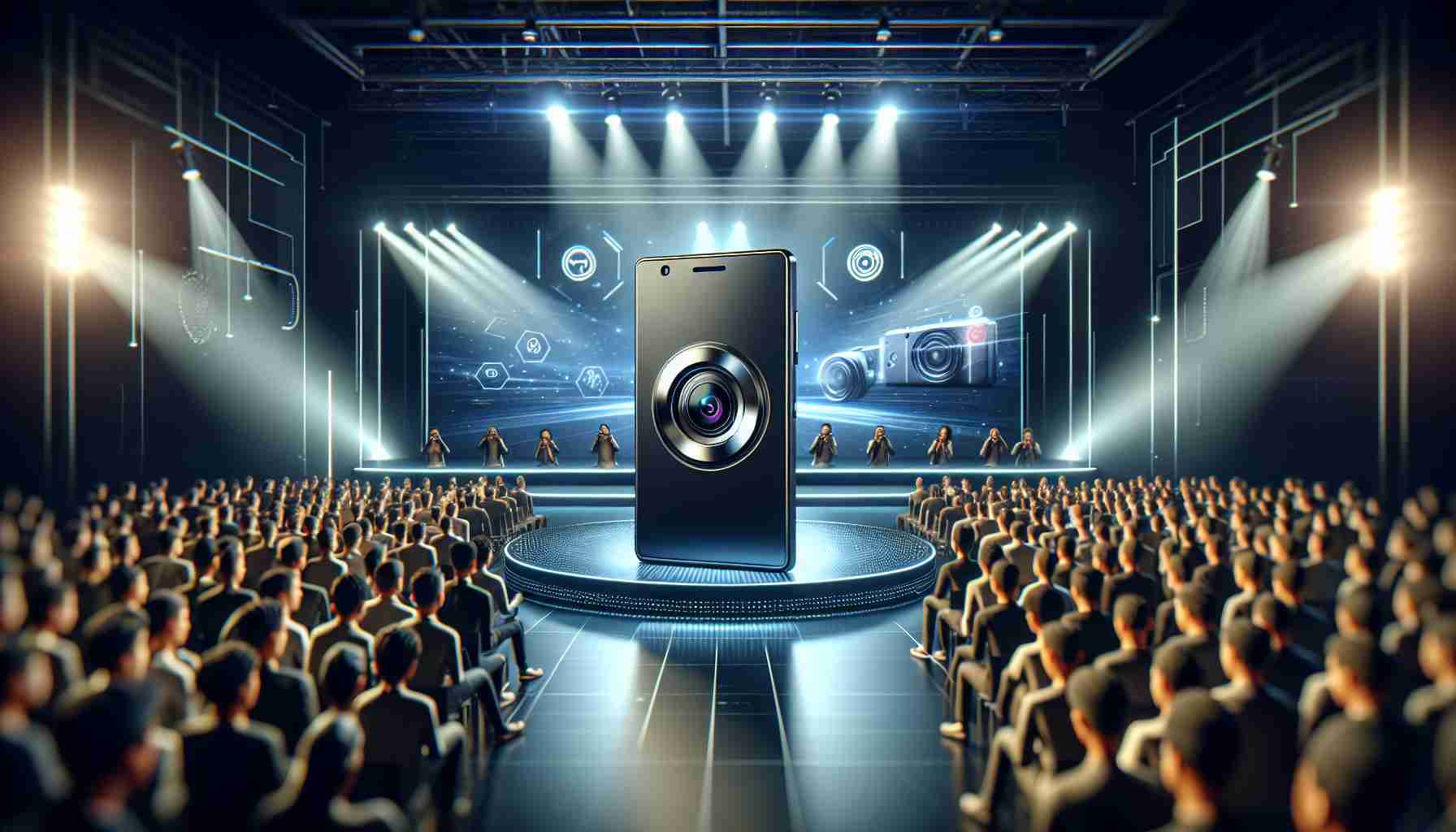Huawei Introduces Innovative Pura 70 Smartphone Lineup
In a significant advancement within the smartphone industry, Huawei has newly introduced the Pura 70 range, a reimagined iteration of its esteemed P series. The lineup encompasses the Pura 70, Pura 70 Pro, Pura 70 Pro+, and the most premium, the Pura 70 Ultra. A standout feature shared across this series is the unique triangular camera module, alongside Huawei’s advanced in-house Kirin 9010 chipset.
Each model boasts impressive photographic capabilities with its variable aperture lenses. The Pura 70 and 70 Pro/Pro+ are equipped with a 50MP 1/1.3″ main camera sensor, whereas the Pura 70 Ultra takes it a step further with a 50MP 1″ type sensor complemented by a retractable lens mechanism. The Pura 70 series is set to hit the Chinese market initially, with sales commencing on April 22 for most models and the Ultra variant launching later in the month.
Motorola’s Edge 50 Unveiling Goes Eco-Friendly with Real Wood
On the other hand, Motorola has announced the Edge 50 Ultra showcasing unique back options, including real wood and two vegan leather finishes, inspired by the latest fashion trends like Pantone’s Color of the Year for 2024. This device is equipped with the powerful Snapdragon 8s Gen 3 processor, a proficient 50MP main camera, and a specialized 3x 72mm periscope with a 64MP sensor. This edgy innovation is set to reach European storefronts shortly, with a starting price point of €1,000, expanding thereafter to select markets across Asia, Latin America, and Oceania. The Edge 50 Pro will venture into certain European regions priced at €700.
Both Huawei and Motorola, with their latest releases, are at the forefront of merging cutting-edge technology with design innovations, offering consumers more choices in advanced smartphone functionality and aesthetics.
Key Questions and Answers:
– What is the significance of the Kirin 9010 chipset in Huawei’s Pura 70 series?
The Kirin 9010 chipset is Huawei’s advanced in-house chipset designed to provide high levels of performance and power efficiency, contributing to the phone’s overall capabilities in processing, photography, and AI functionalities.
– How does the camera technology in the Pura 70 series stand out?
The camera technology in the Pura 70 series features variable aperture lenses and high-quality sensors (1/1.3″ for the lower models and 1″ type for the Ultra) with a retractable lens mechanism in the Ultra model, highlighting Huawei’s focus on superior photography capabilities.
– What markets will the Pura 70 series be available in?
The Pura 70 series is set to launch in the Chinese market initially, with potential expansion to other markets at a later date.
Key Challenges or Controversies:
A significant challenge that Huawei faces is the U.S. government’s sanctions, which have affected its access to American technology and software, including Google services. Therefore, although the hardware of Huawei’s phones, like the Pura 70 series, may be advanced, the lack of Google services can be a notable disadvantage for users outside China.
Advantages and Disadvantages:
Advantages of the Pura 70 Series:
– Cutting-edge camera technology with variable aperture lenses and high-quality sensors.
– The Kirin 9010 chipset provides powerful performance and efficiency.
– Innovative design with a unique triangular camera module.
Disadvantages of the Pura 70 Series:
– Due to U.S. sanctions, it doesn’t have Google services, which can impact its appeal in international markets.
– Initial availability is limited to the Chinese market, which may restrict global reach.
Suggested Related Links:
– For more on Huawei’s product lineup, you can visit their official website: Huawei
– Information about Motorola’s latest smartphones is available on their main website: Motorola
Given the competitive environment of the smartphone industry, both Huawei and Motorola’s latest devices showcase their drive to innovate and differentiate their products through unique design choices and technological advancements. However, consumer preferences, brand loyalty, and market accessibility will ultimately determine their success in the global market.
The source of the article is from the blog xn--campiahoy-p6a.es
